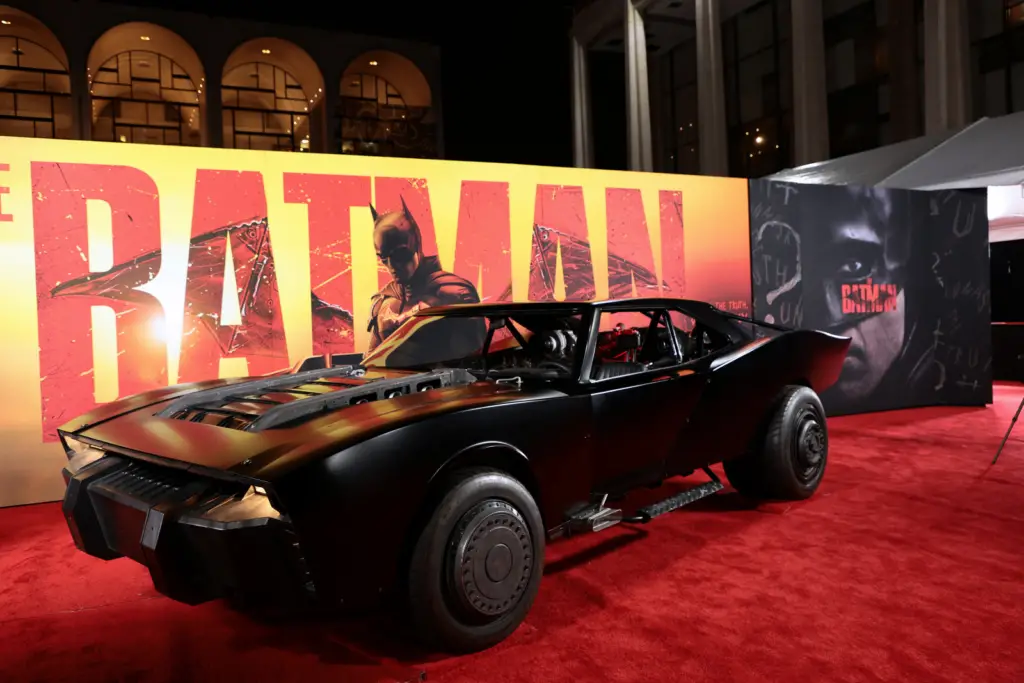
Thanks to a certain bearded, cigar-smoking revolutionary, Cuba, the only Communist nation in this hemisphere, has been a thorn in America’s side and a disproportionate source of distraction for half a century. When the Cuban National baseball team pounded the hapless Baltimore Orioles this spring, you’d have sworn they’d snuck a Sputnik up on us. Whenever an American boxer thumps a Cuban in the Olympics, we act like it’s an echo of the famous “Miracle on Ice.” Yeah, the Cold War’s over and we won, but they don’t seem to know it yet. So what does all this have to do with this captivating documentary by Wim Wenders?
Not a damn thing, which is exactly why this soothing, elegantly-crafted film is such a marvelous piece of work.
Once a hotspot of Latin and Caribbean music, the building known as the Buena Vista Social Club has been shuttered for decades; taking with it the careers of its popular headliners. Many of these gifted musicians faded into obscurity, dropped out of music and, as time passed, several died nearly anonymous deaths.
A string of events led respected American guitarist Ry Cooder to Havana where he managed to track down and assemble many of these surviving musicians into a band called the “Buena Vista Social Club” which then released a surprisingly successful CD of the same name. Wender’s film introduces us to these reborn oldsters via highly photogenic voice-over essays, interviews and, of course, their music both during the studio recording sessions and in concert.
It’s the music, nearly tragically forgotten, that emerges as the star of this film. When that salsa rhythm comes rumbling out of that big band on stage in Amsterdam, not only MUST you tap your foot, but you also give thanks that you’re getting this opportunity to recognize and appreciate the sweet-voiced Ibrahim Ferrer, master of the ivories Ruben Gonzalez and the other septa- and octogenarians that make up the band before they’re gone for good.
But the music wouldn’t shine so if it weren’t for Cuba herself. It doesn’t matter how old the battered clunkers that rumble down Havana’s dusty streets are or how much the beautiful old buildings are crumbling — and the abundance of languorous Steadicam tracking shots shows us plenty of both – Wenders disarmingly de-demonizes this Communist hold-out, shamelessly romanticizes it, and helps you understand why this enigmatic land makes the aging members of the BVSC love it so.
From a humble Havana nightclub to New York’s Carnegie Hall, these re-discovered legends of Latin music have certainly made an improbable journey. Perhaps even more improbable – and the legacy of this heartwarming film – is that as the credits roll and the band members lovingly and proudly caress a Cuban flag in Carnegie Hall, that bastion of American capitalism, we can appreciate their pride without feeling like Commie traitors in the process.
